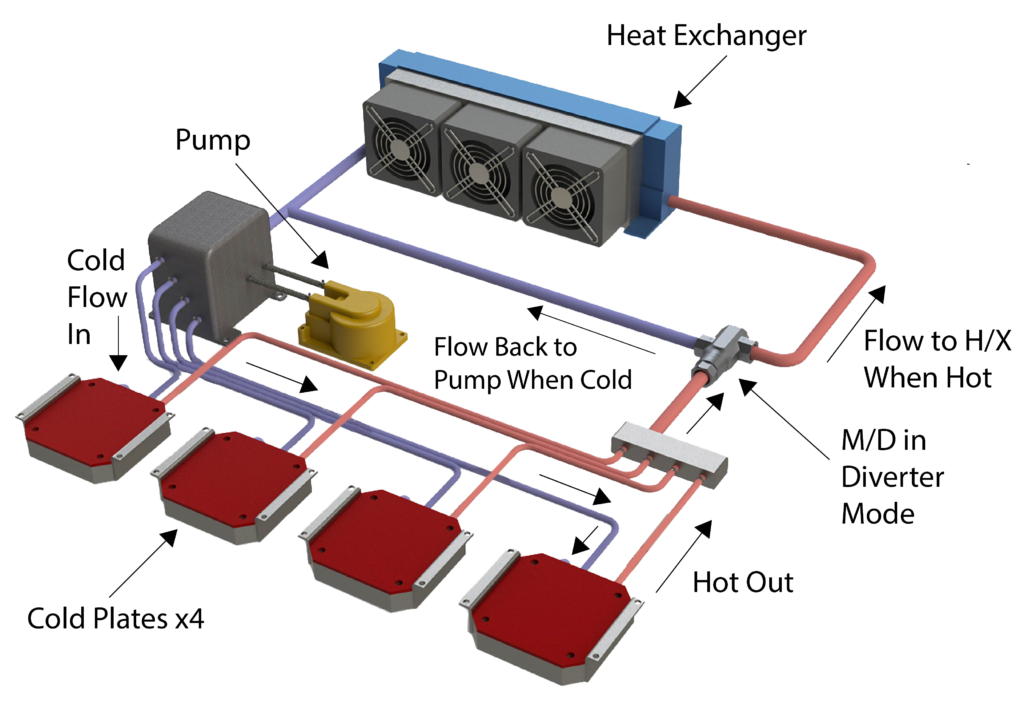Recommended Avionics Cooling Methods
Avionics Cooling
The intense heat generated by modern electronics in unmanned aerial vehicles and military aircraft must be removed or dissipated, to prevent the system from overheating. Unless it is removed, excessive heat can result in damaged components, operational failure, and even detonation. These kinds of military vehicles need an effective avionics cooling method to prevent these occurrences.
While the avionics cooling methods available to system designers are many and varied, there are always design restrictions to consider such as space and thermal load, when considering which thermal management technique to implement.
4 Thermal Management Techniques
Natural/Forced Air
Air flows through the system through vents in a natural convection design or propelled via fans in forced convection systems. Integrated heat sinks facilitate heat transfer.
Despite the simplistic design, this method often cannot compensate for the amount of heat generated by modern aircraft.
Cold Plate
Utilizing a metal plate design to remove heat from power electronics, the electronic device mounts onto the metal plate to facilitate heat transfer to a cooling fluid.
This typically requires a secondary cooling method to remove heat from cooling fluid, which can complicate designs and limit capabilities.
Heat Sink
Similar to cold plate cooling, heat sinks utilize cold plates to remove heat from electronics. The addition of cooling fins allow for a more efficient removal of heat due to its increased surface area exposed to the secondary cooling system.
The accommodation of both fins and a secondary cooling system typically require larger scale designs.
Liquid Cooling
Avionics cooling systems can rely on liquid-cooled cold plates to dissipate excess heat. In these designs, coolant runs through the cold plate, removing heat and releasing it through a heat exchanger.
Ideal for designs with space constraints and high temperature outputs.
Liquid Cooling Takes the Lead in Avionics Cooling
To accommodate the increasing thermal relief demands of modern electronics, engineers have turned to liquid-cooled cold plate designs for multiple reasons.
Benefits of Liquid Cooling
- Maintains even temperature to avoid temperature spikes
- Compact & efficient; ideal for complex designs
- Pump size can be optimized using thermostatic valves
ThermOmegaTech’s 3-way bypass valves have been implemented in liquid cooling systems on F-16 Fighting Falcons and Unmanned Aerial Vehicles (UAVs) to efficiently and effectively maintain fluid recirculation temperature.
Click here for more info on avionics cooling.

